Louie Vega has lived every era of dance music. His earliest clubbing experiences were at New York City’s mythological Paradise Garage and as he got deeper into the scene (foregoing aviation school to focus on DJing), he ultimately created a number of projects and tracks that came to define and expand house music and the dance world at large.
But it would a mistake to view Vega through an exclusively retrospective lens. As busy and inspired as ever, the artist — still based in his native New York City — is pumping out new music under his own name, with his band Elements of Life and via collabs with fellow pillars like Kenny Dope, with whom Vega is part of the revered Masters at Work duo, and Moodymann. (The newest track with Dope, “The Bottle” dropped last week, while the Moodymann single “Seven Mile” was released in May.)
Vega is also currently busy at work with Elements of Life, his longstanding live outfit that includes his wife Anané and a sprawling collection of instrumentalists. The group is working on a new studio album set for release next spring, with a new Masters at Work project also set for release in summer 2026.
In the meantime, Vega is spending most of his summer touring Europe and playing in Ibiza under his own name and as The Ritual, the project he plays in alongside his wife. Chatting with Billboard over Zoom just before embarking on these adventures, Vega is relaxed, warm and talkative, seemingly as excited about everything he’s doing now as he is about everything he’s already done.
Here, he discusses growing up in a musical family, creating timeless hits and why artists should always own their masters.
1. Where in the world are you right now, and what is the setting like?
I’m in New York City. It’s a beautiful day, and it happens to be my birthday. I’m about to embark on my European/living in Ibiza tour, so I’m just home the day before.
2. What are your birthday plans?
My wife and my son are taking me out to lunch. My mother, who is 90, happens to be here too. We had a big show last week with the band, so she surprised me, which was really wonderful. She’s been here all week, so it’s a real family day.
3. Let’s go back to the early family days. What was the first piece of music you bought for yourself, and what was the medium?
The first piece of music was probably a seven inch or 45. I remember records like Booker T. & the M.G.s, Donna Summer‘s “Love to Love You Baby.” I bought those as a child. Donna Summer came out when I was 10 or 11, but Booker T was earlier, so I would say it was the early ’70s. I was maybe seven years old. At that time my sisters were teenagers, so they brought music home. Then I found this record store down the block, and that’s where it all started, going to that little record store. Once I started buying records there, I just kept going back every time I got my allowance.
4. What did your parents do for a living when you were a kid?
My mother worked in a factory. She did accounting, and my dad worked for a delivery service with his van. He used to deliver pieces of equipment and things to different companies. He was in the courier service. But my dad was a sax player, so on the side he was in Latin jazz bands, and he played jazz at home. My mother’s younger brother is a famous singer, Héctor Lavoe. So that music, a lot of the street music and salsa music was brought home. And then my sisters were into disco.
5. What did your parents think of your career and what you do for a living?
When you start doing it they don’t take it seriously; they don’t see it as a real job. It was like “Does it have any benefits?” I was about to go to college because I wanted to be a pilot. I was going to go to a school called Embry-Riddle Aeronautical University in Melbourne, Florida. Everything was ready to go. I was already five years into DJing, and something told me there was something special about it. I really loved it, and I felt I could make something out of it.
My family was like, “Well, okay.” But as I started doing it and growing, they saw me playing for lots of people. I invited them to the studio where I was making these records. Then they said, “OK, this is the real deal, and he’s consistent and things are happening.” They started believing it was something that had a future.
6. What was the first non-gear thing you bought for yourself when you started making money as an artist?
A car. When I graduated from high school, my mom got me a car, a white Cutlass Supreme. Then later on when I started doing my thing, we’re talking ’86 or something like that, I bought myself a car, a Pathfinder. It felt like I’d achieved something when I got my own car.
7. If you had to recommend one album for someone looking to get into dance music, what album would you give them?
I would say Gamble & Huff, the Philadelphia International double album that has everybody on there, from Teddy Pendergrass to The Intruders. It’s just a great album. If it was house music, I would say Lil Louis & The World’s From the Mind of Lil Louis. To me, Lil Louis made one of the greatest albums of all time in house music. He was one of the early ones who made an album that stood the test of time. To this day it’s one of my favorite albums that comes from the world of house.
8. In March we published our list of the 100 greatest dance songs of all time and your and Kenny Dope’s Barbara Tucker collab “Deep Inside” is at No. 30. What your strongest memories of making that song?
It was really fast. That song happened in like, an hour and a half, two hours. I was working with an up-and-coming producer at that time, and he had a little studio. I brought my drum machine and a couple of floppy disks from the studio from when we were doing a lot of Masters At Work sessions. I used a DX7 keyboard on that record.
It was just a vibe. Barbara Tucker had thrown out so many ad libs, and when I was in the studio I came up with the track. It was the groove you hear, all coming from that one keyboard. I sampled and chopped up her voice saying, “Deep inside, deep, deep down inside. All we need is love” and created this infectious groove that became an anthem. I knew it was big when I was playing it in the clubs in the ’90s, then it started making noise around the world, but I didn’t expect it to go through all the generations that it has. I never knew it was going to last over 30 years. I was blown away by all that.
9. “Free” by Ultra Naté and Mood II Swing is also on the list. You debuted that song at Winter Music Conference 1997, right?
Mood II Swing were two producers that Masters at Work, Kenny and I, took under our wing in the ’90s. They were in the studio with us a lot. Next thing you know, they started making records, and I was playing all their records and breaking their music. They brought the record to me, and I was like, “Wow, this is great.” They gave me the test pressings. Miami was coming up, and at that time everybody from the industry, and especially in England, would come to Miami. All the major labels were signing music.
We used to do a night called the Magic Sessions that was produced by [label executive] Leslie Doyle. It was Tony Humphries, myself, Todd Terry, Kenny Dope and Tedd Patterson. There were always four DJs playing… As soon as I play the record that night, it starts getting a reaction. I’m was like, “Oh, wow. Okay.” By the time it got to the second chorus, the whole crowd was singing the hook. We were like, “This record is a hit.” I think I played it four or five times that night… The next thing you know it became a huge anthem, and a pop hit in England.
10. You won a Grammy in 2006 for your remix of Curtis Mayfield’s “Superfly.” Did that accomplishment change your career in any way?
I did not expect to be nominated, and I definitely didn’t expect to win. When they said my name, and then “the winner is,” I was like, “What?” It was really emotional… Having a Grammy, people see you a bit differently, because your music was recognized by your peers and a lot of the industry… They see that you have the chops to have music that can make it.
11. What do you remember about the ceremony?
I remember them saying my name and looking at my wife. She was in tears. She was so excited. It was a beautiful moment. I actually dedicated the award to my uncle, Héctor Levoe, in my speech. After, I started getting so many calls from people who were so proud, because it was a huge achievement, and not only for me, but for the industry and for what I represent. Everybody knows I’m hardcore into what I do and that I have super passion and love uplifting people. People around the world were touched by it.
12. You’ve obviously seen many eras of dance music culture and club culture. What are the biggest differences between now and 25 years ago?
Social media. We didn’t have any of that before. Everything was manual. If you wanted to promote a club, you had to have promoters go out in the streets with flyers. Now you hit a button, that flyer goes out and you can sell tickets. It has its advantages and disadvantages. My thing is just using it in a smart way and adapting to it the way you feel comfortable. I have a deep connection with my fans around the world, and now I can send something out and they all get it. Before, you had to tour. It creates the connection with your people.
13. Your wife is so integrated into your work given that she’s a member of Elements of Life. What’s it like working so closely together?
There’s an incredible understanding, because to be with the same person for 28 years — my wife has put up with a lot with me, and she raised our 25-year-old son. She has her career. I mean, she’s a powerful woman. To me, having somebody by your side like that is the important thing in the world. That’s what’s kept me strong and doing what I do. And of course my love and passion for music. I work a lot on music, but it’s because I love it, not because I’ve got to go make the buck. I think I’m a pretty good example for anybody out there of: If you want longevity, look at me.
14. What’s your favorite nightclub ever, past or present?
I was lucky enough to go to the Paradise Garage. That will always be my favorite club, because I went there as a kid. I didn’t play there, but it’s where I had the dream to do this DJ stuff. That sound system and that whole feeling there was incredible.
15. Can you pinpoint the proudest moments of your career so far?
The Super Bowl was one big one. In 2007 I was approached by the creator of Cirque du Soleil, Guy Laliberté. We were friends at that time, too. He loved Elements of Life, and he wanted us to write a song, and my wife Anané, who’s part of Elements of Life, to sing lead on it. I reached out to my friends Blaze — Josh Milan and Kevin Hedge — and they wrote these beautiful lyrics. A director of one of the Cirque shows was sent, and they told me exactly how they wanted it, and I put it all together with my crew.
Then they said, “We want you to perform it at the Super Bowl.” So we went down to Dolphin Stadium [in Miami.] It was a surreal experience to see how they do the changeovers. Billy Joel sang the national anthem. Prince played halftime, and Gloria Estefan introduced us. It couldn’t be better than that. It was a beautiful experience, and I will never forget it.
16. What is the best business decision you’ve ever made?
Owning my own masters. We knew from the beginning that we always wanted to hold on to our stuff. There are certain projects we don’t have, but all the stuff on Masters at Work, the Vega records, we own. Obviously the records we made with Strictly Rhythm, we share those masters, which is cool.
The Little Louis Vega and Mark Anthony album is on Atlantic. That’s not ours. Nuyorican Soul is not ours. I wish we owned it. We want to buy that back. The first Masters at Work album is not ours. I think that was the lesson. After that, we said “no more,” and we own all our stuff. The big bulk of our publishing we own, too. Those assets are very important now. There’s so many people who want to buy those kind of things. They’re calling us all the time.
17. Would you consider selling?
No. I’m leaving that to my son. Everything I have is going be for my wife and my son if I’m not around anymore. My son will decide what he wants to do with it.
18. Who has been your greatest mentor, and what’s the best advice they’ve given you?
I’ve had several, because I have such a long career. One was Tommy LiPuma, a great producer who produced everybody from Miles Davis to Barbra Streisand. When we signed Nuyorican Soul to Giant Step/GRP, which is part of Universal, Tommy LiPuma was the head of GRP, and we got to meet him. He gave me a lot of good advice on recording, on working with artists. And Tito Puente was another mentor.
19. What advice did Tito Puente give you?
Tito Puente taught me how to lead a band. I also got that from my father, watching him counting off his band and being with his band way back in the day. But [I learned it] especially from Tito Puente. I was on a jazz festival on a cruise ship once, and Tito Puente was one of the headliners. He was like, “Louis, I’ll be right back. Count off the band.” He put me on the spot. I thought about my father counting off, because he used to do that. And I just went, “1, 2 – 1, 2, 3” and the feeling of that 10-person band, the music coming out so powerfully like that, it just went inside of me. I was like, “Wow. Okay, I see.”
20. What’s one piece of advice you would give to your younger self?
Stay humble. And I wish I would have stayed with piano longer… I think learning an instrument is important, whether it’s guitar or piano or what have you. Even though everything is computerized and all that kind of stuff, you still need some of that in your ear. And learn the business side of things when you’re young. Everybody gets excited and then you sign a piece of paper, and the next thing you know somebody else owns it, and it’s stuck like that forever. I think a lot of young people now are more knowledgeable and learning faster with the internet, but on the business side at least learn the basics, and get a good lawyer.

The post “20 Questions With Louie Vega: ‘If You Want Longevity, Look at Me’” by Katie Bain was published on 08/06/2025 by www.billboard.com





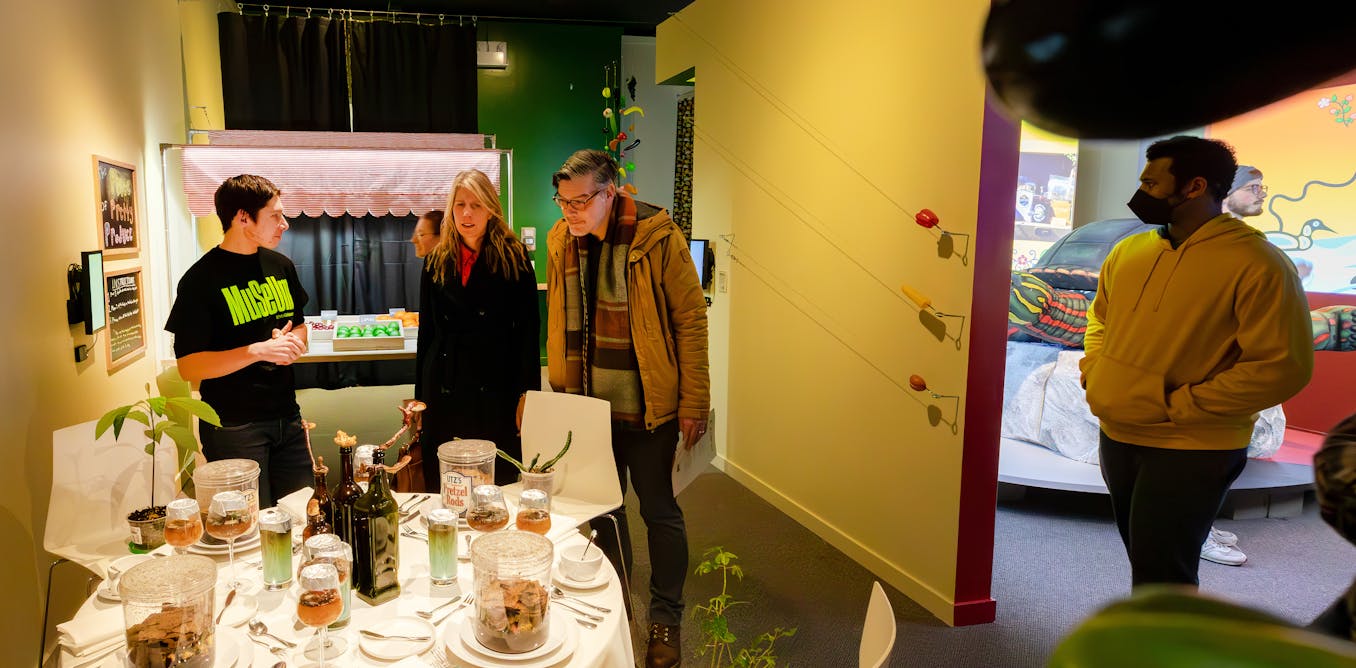

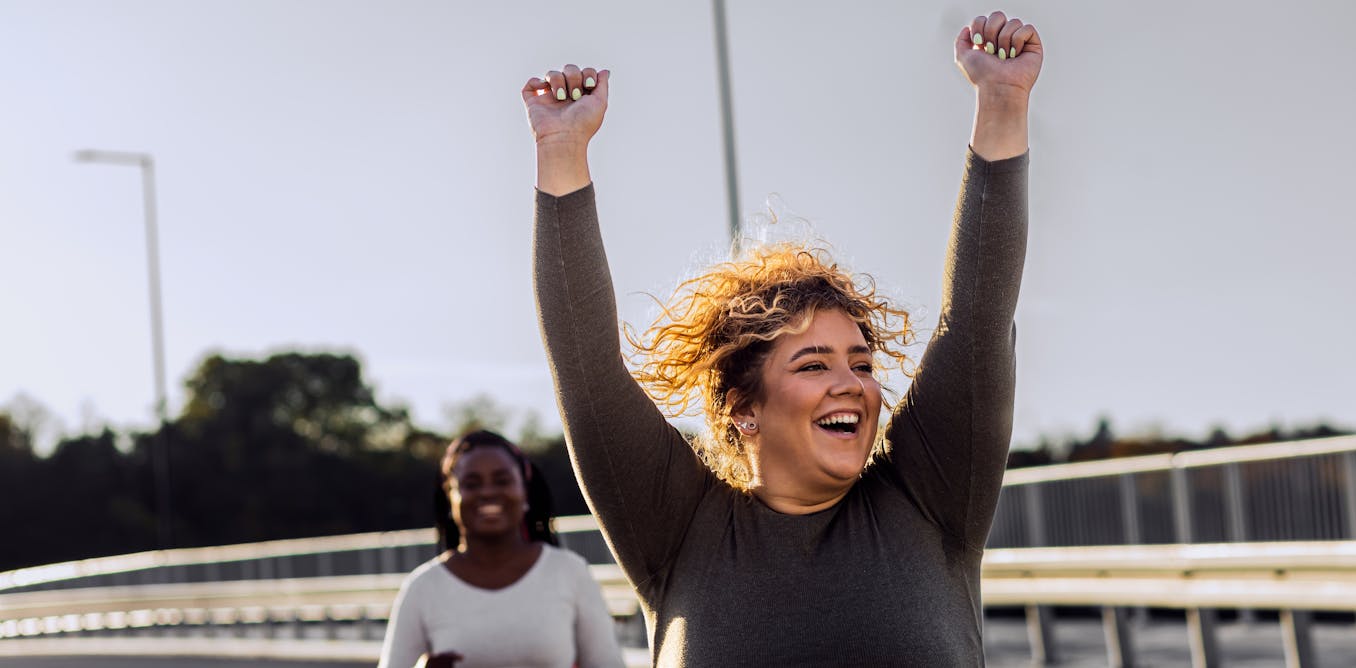

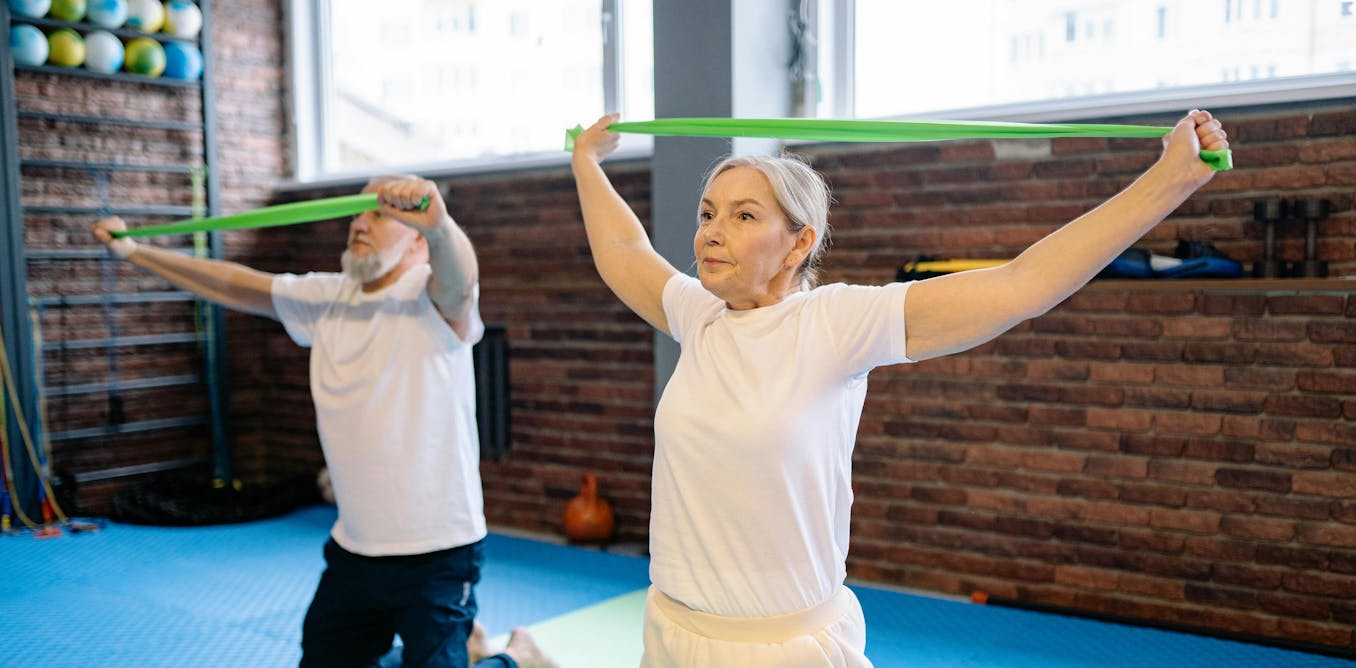
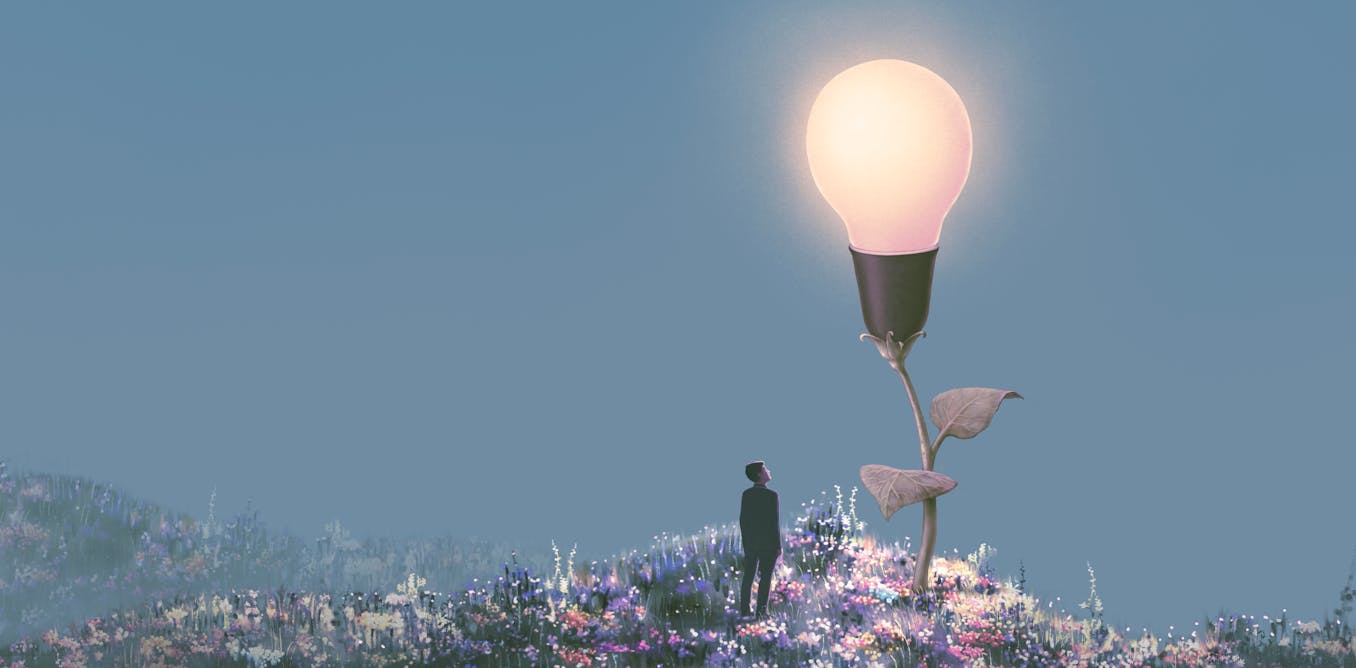


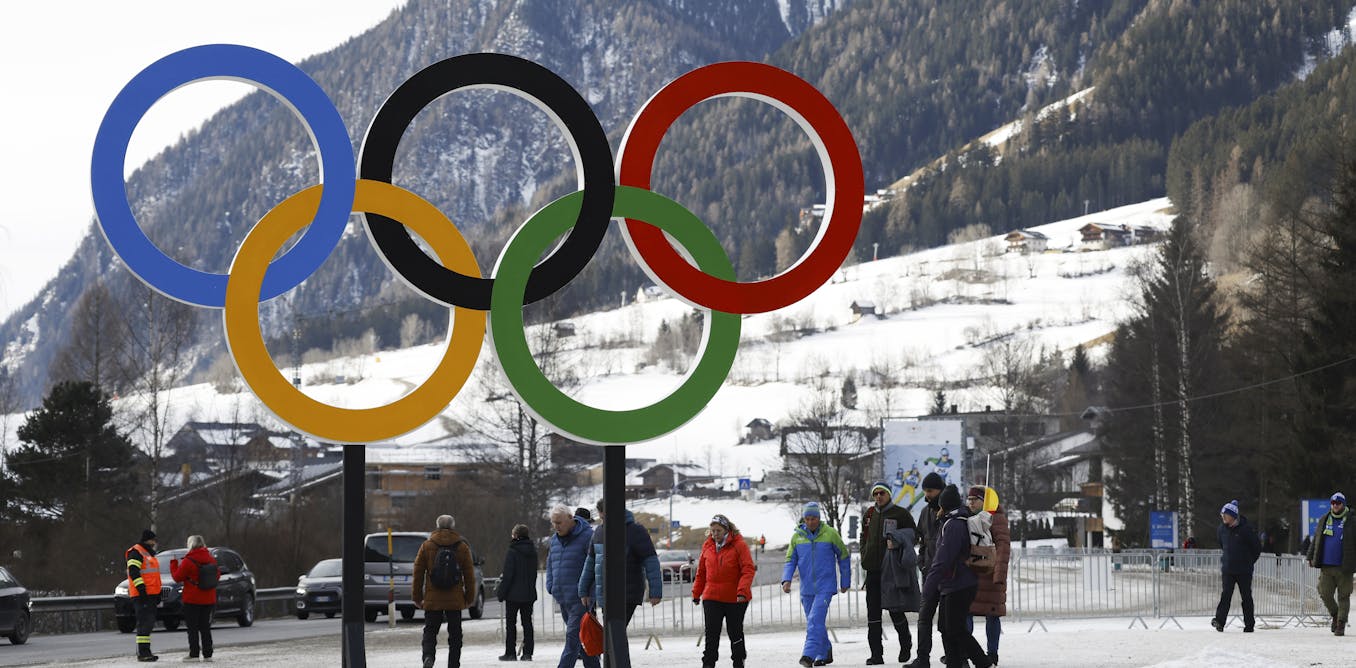

























Leave a Reply